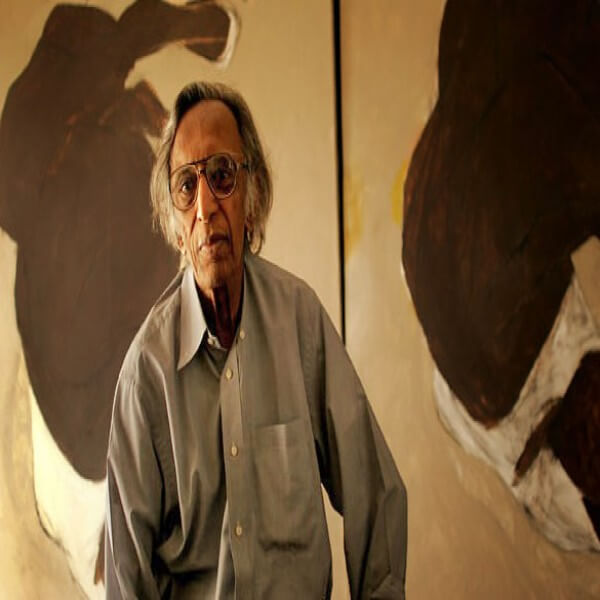Tyeb Mehta
ABOUT
Mehta had narrowed down his search for the eternal in the complex, layered images and concepts of Hindu mythology
Painter | Sculptor | India
Born in 1925
Died in 2009

Tyeb Mehta Born in 26th July 1925, Kapadvanj, Bombay State, India Place of Death: 2nd July 2009, Mumbai, Maharashtra, India (84 Years) Tyeb Mehta was an Indian painter, sculptor and film maker. He is known to have adopted the pictorial language of European art in the 1950s and 60s, Mehta turned to 'Indian' themes and subjects in the 70s and 80s. From painting images of rickshaw-wallahs and the trussed bull, Mehta had narrowed down his search for the eternal in the complex, layered images and concepts of Hindu mythology. In the 90s his imagination was captured by the myth of the Devi (Goddess) - as Durga, Kali, Mahishasura Mardini, the slayer of the demon Mahishasura (the different incarnations of the goddess). Of his early works, Mehta had this to say: "When you are young, you try to understand the world. As you grow old, you try to understand yourself. Your work then becomes the essence of these efforts." He used the ancient Indian technique of creating multiple images to convey motion. This is obvious in the many arms of the Nataraja (the dancing God), which represent the movement of the hands in the Bharatanatyam dance form. Tyeb blended this with the radical vision he acquired in his days as a member of the Bombay Progressive Artists Group, using this ancient Indian treatment of motion to reflect the continuing decline in the price of a man's work in the face of the rising prices of other commodities. He used ancient images in a modern sense, blending the demon Mahishasura into the butcher's buffalo. Critics often laud his technical excellence that makes such complex meanings also clear. Having trained as a film editor and made one experimental film, Koodal (1970), Mehta applied the "freeze frame" technique from that medium to arrest the anarchy of movement in his canvases. He used violence not as a disturbance but as a resolution. Consequently, his paintings, even if they are turbulent, eventually leave a calming influence.